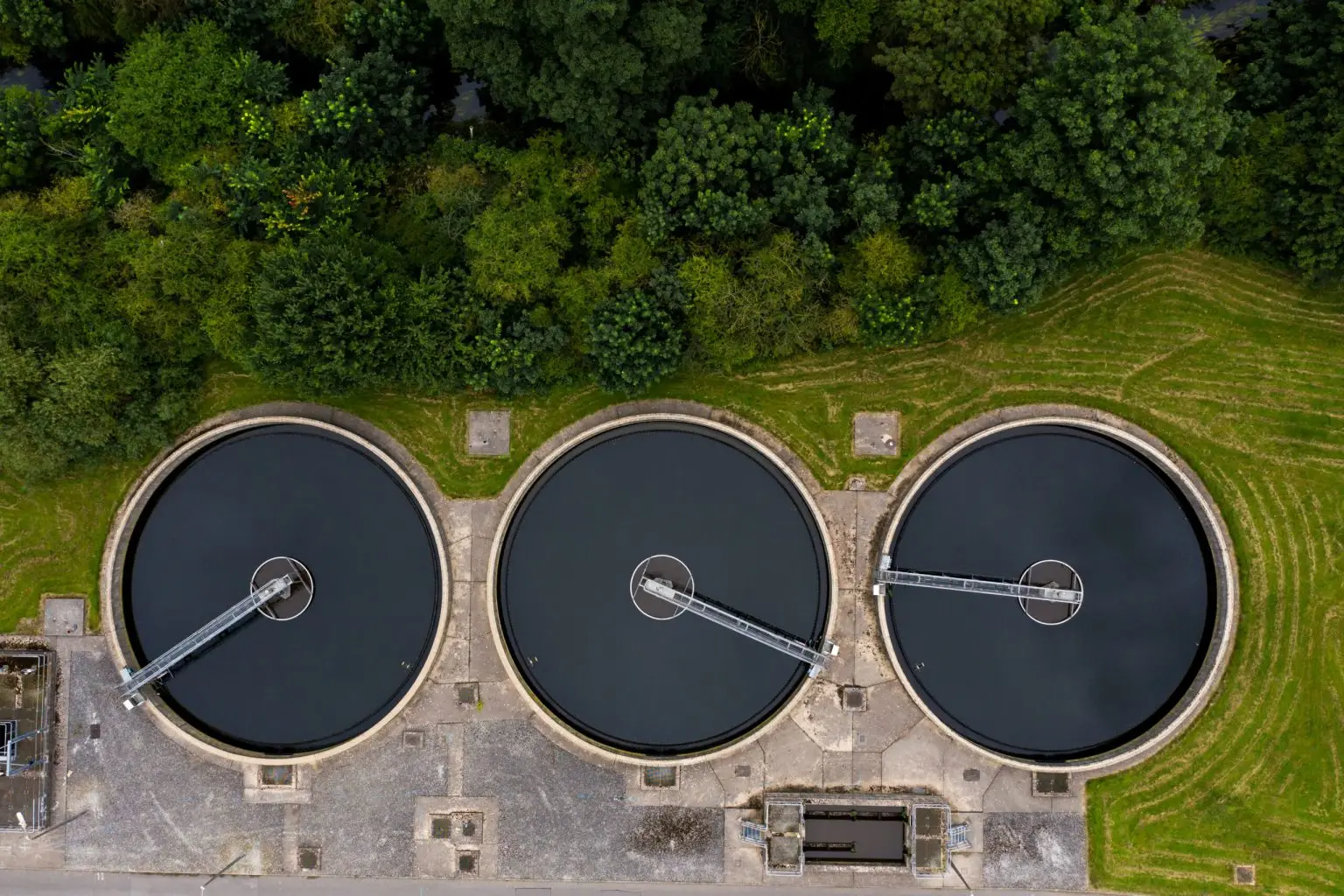Municipal wastewater treatment plants rely on effective sludge dewatering to control costs, reduce volumes, and meet environmental regulations. The most common technologies are belt presses, screw presses, filter presses, and decanter centrifuges.
Each has strengths and limitations. The best choice often depends on factors such as sludge type, plant size, operating budget, and staffing resources. This article compares these four technologies to help operators and municipalities make informed decisions.
Throughput and Processing Speed
- Belt presses: Provide steady performance but require large footprints to achieve higher throughput.
- Screw presses: Operate more slowly and may need multiple units for higher flows.
- Filter presses: Work in batches, limiting overall speed for municipal-scale treatment.
- Decanter centrifuges: Designed for continuous, high-volume processing, making them well suited for larger facilities.
Cake Dryness
- Belt presses: Typically achieve moderate dryness (16–20% solids).
- Screw presses: Often deliver the driest cakes for waste activated sludge (20–30%).
- Filter presses: Can reach very high dryness (>30%) but at the cost of labor and speed.
- Decanter centrifuges: Consistently produce dryness in the 20–25% range across a wide variety of sludge types.
Solids Capture and Effluent Quality
- Belt presses: Can lose more fine solids to filtrate without close monitoring.
- Screw presses: Provide good capture rates depending on sludge characteristics.
- Filter presses: Offer excellent capture, though their batch nature limits efficiency at scale.
- Decanter centrifuges: Typically achieve high and consistent capture, helping maintain effluent quality and regulatory compliance.
Flexibility With Sludge Types
- Belt presses: Best with conditioned, uniform sludge.
- Screw presses: Work well on waste activated sludge but may require adjustment with blends.
- Filter presses: Effective across sludge types but not suited for continuous municipal flows.
- Decanter centrifuges: Handle primary, secondary, digested, and blended sludge with fewer adjustments.
Space, Containment, and Odor Control
- Belt presses: Require significant floor space and are open systems, which can create odor and housekeeping challenges.
- Screw presses: More compact than belt presses but still semi-open.
- Filter presses: Large footprint, with significant manual handling requirements.
- Decanter centrifuges: Compact and enclosed, minimizing odor and environmental exposure.
Labor and Automation
- Belt presses: Require frequent cleaning and operator oversight.
- Screw presses: Simpler design but still benefit from hands-on adjustments.
- Filter presses: Highly labor-intensive due to their batch process.
- Decanter centrifuges: Largely automated, requiring minimal operator attention once optimized.
Energy and Chemical Use
- Belt presses: Low energy demand but often higher polymer consumption.
- Screw presses: Low energy and steady operation.
- Filter presses: Moderate energy but offset by very high labor costs.
- Decanter centrifuges: Higher energy demand, but balanced by higher throughput and capture efficiency.
Conclusion: Choosing the Right Dewatering Technology
Each dewatering technology plays an important role in municipal wastewater treatment:
- Belt presses are proven, economical systems but require more space and operator involvement.
- Screw presses deliver high dryness and low energy use, making them attractive for certain sludge types, especially WAS.
- Filter presses achieve the driest cakes but are labor- and space-intensive, making them less common for large-scale municipal operations.
- Decanter centrifuges balance throughput, solids capture, flexibility, and automation, making them well suited for plants seeking consistent performance with limited operator attention.
Ultimately, the right choice depends on the specific goals of a treatment facility, whether the priority is cake dryness, energy efficiency, labor savings, or versatility across sludge types. Many municipalities are now considering centrifuges as a way to modernize operations, but presses continue to serve important roles where their advantages align with plant needs.


